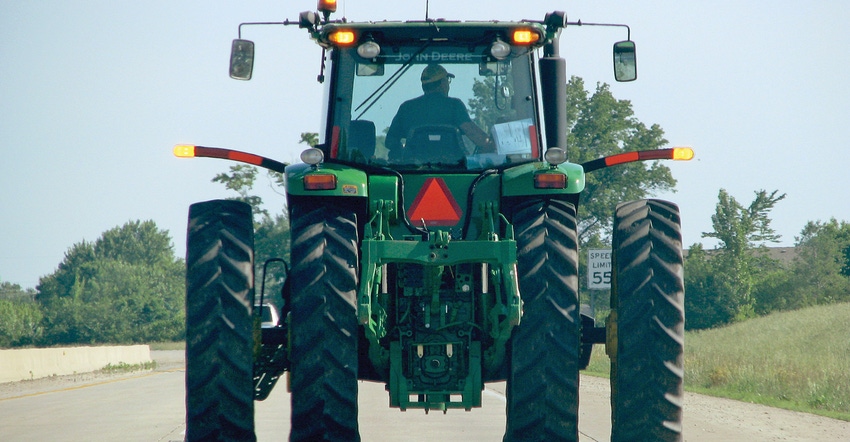November 25, 2019

“Farm safety and health is not, nor will it ever be, a topic that will make the front page of the paper, turn the heads of legislators or generate an outpouring of public support. However, no fewer than 1,447 Indiana farm families experienced the loss of a family member since 1970, including 34 families affected in 2018. These families know personally that the effects of these events last a lifetime.”
That’s how Bill Field ended the most recent report summarizing farm fatalities in Indiana. More fatalities occurred after the report was issued. Field, Purdue University Extension ag safety specialist; Ed Sheldon, a research associate; and Yuan-Hsin Cheng, also an associate, compiled the report.
When someone dies in a farm accident, it does make headlines, sometimes even TV news. But it’s only for a day, and often the report highlights the accident, not the emotional and financial loss left behind.
Within a couple of days, the incident is forgotten outside of the local community. Occasionally, an incident that claims a life leads to a local training program to prevent similar accidents. But that seems to be the exception.
Apathy abounds
There isn’t even enough interest to keep an independent farm safety and health organization operating at the state level anymore. There was an organization for decades, and Field led the charge behind the scene. The group developed and distributed coloring books for children, and aided Field in his efforts to put a special coloring book in the hands of Amish children.
At one time, the statewide group conducted ag safety promotion campaigns. Many years ago, I served a term as president of the group, and along with others, visited TV and radio stations in Fort Wayne, Evansville, Louisville, South Bend and Indianapolis, doing interviews to promote farm safety. That effort was during National Farm Safety Week in September.
The group no longer functions. There simply was no longer enough interest to keep it going. I’m as guilty as anyone. I didn’t attend meetings regularly. There was always a field day I needed to go to or a story I really needed to write before a deadline.
The only reason we still have an accurate picture of how many people die on Indiana farms each year is because Field and his staff keep up the effort to track and verify statistics. The earliest summary on record was for farm deaths in Indiana in 1963, published by Purdue in 1966. For the past four decades, Field and his staff have monitored trends.
Act now
The trend is toward fewer fatalities over time. However, the number of fatalities per year has been above the trend line over the past five years, spiking in 2016 and remaining above the 10-year average in 2018.
Field’s concluding statement in the 2018 report that began this story is right. Statistics like those in the preceding paragraph don’t convince people to “think safety.” A sensational story here and there doesn’t produce a lasting effect either.
Try this instead. Think of someone you know who has lost a loved one in a farm accident. What can you do to keep someone else from the same fate? How close to home must tragedy come before people become interested enough to truly make Indiana agriculture safer?
Comments? Email [email protected].
You May Also Like




